Intensively dealing with filling capacities is a must for every company in the confectionery industry. Overfilled and highly fluctuating products provide an unexploited potential for optimization. Such potential can be identified quickly by means of analyses and comparisons of operations or products. A large part of the optimization potential can usually be realized without major investments. Due to reduced material costs, it can influence the income statement.
Even with seemingly homogeneous products, the filling weights of sales packaging of different articles and manufacturers in the confectionery industry vary widely. For example, some manufacturers manage to meet the nominal filling quantity specified by using a prepack that is almost exactly on average and avoids underfilling. Due to risk aspects, other manufacturers seem to be strategically overfilling, which unnecessarily drives up material costs.
In Germany, the requirements for prepackages are regulated in the prepackage regulation. The actual filling quantities are checked at irregular intervals by the verification offices. In the event of an underfilling or a high level of filling variance, the manufacturers run the risk of being penalized by the calibration authorities and possibly other regulatory measures. In addition, there is risk to damage reputation. It doesn’t have to go that far.
All optimizations are based on accurate data records. However, these data records are flawed in many ways. In the case of automatic weighing systems where each individual item is weighed, a certain standardized tare is subtracted in order to give the net weight of the purchase. With different types of packaging such as cardboard boxes that vary in weight, this tare needs to be checked regularly.
If an automatic weighing system is not available in the filling process, individual samples are weighed at intervals. For a detailed analysis of the filling process, it is important that this weighing takes place within short time intervals in order to be able to record all possible fluctuations.
Especially in medium-sized companies, quality records can often still be purely paper-based. This data should not be used for a complete and quick analysis of all items and layers. Therefore, it is necessary to work with a support system and to prepare the quality data in digital form. In a first step, a simple Excel table is sufficient.
The data entered in Excel should be prepared in a way that flexible evaluations by item and time of filling are possible. In the event of deviating refusals or management fluctuations in the filling process, it may also be possible to digitize the different paper records.
An automated total control of all items is ideal for a detailed monitoring of the filling performance. The weighing system records all weighing data in digital and therefore evaluable form. Manual weighing processes only cover a small part of the filled products, so therefore the mass of the goods is filled in without further verification. In addition, the effort of collecting data in manual processes is significantly higher and the results are more prone to errors.
Consequently, the analysis results are much more significant for large data volumes, so that optimization strategies can be derived more consistently and precisely. Therefore, it is recommended to carry out automated full checks for all items whenever possible. This form of weight control should be considered for investment projects when purchasing new production plants.
The use of the described technology is particularly beneficial in the confectionery industry. In this industry, mainly packaging made of “light” materials with low inherent variance – such as plastic or paper – is used. This allows the weight of the entire product (contents plus packaging) to be used to determine the weight of the ingredient only.
In most companies, the average value of the package weights is already collected on a regular basis, either through full inspections or random samples. The average value itself, however, is not sufficiently informative to make a comprehensive assessment of the filling performance. The scattering of the items around an average value is also decisive. The reasons are that high fluctuation margins lead to the nominal filling weight being realized on average, but there is an increased possibility
– that there are items whose weights are below the Tu2 (Tu = lower tolerance limit) if there is no automated removal of these items,
– the maximum value of 2 % of the packages, which may lie between Tu1 and Tu2, is exceeded, and
– the weights and measures office detects an increasing number of underfilled items during the random inspection, so that on average the nominal filling weight will not be reached.
To compare different goods, it is useful to define the average value as a percentage of the nominal filling quantity. This corresponds to the average percentage of overfilling or underfilling. Additionally, it is recommended to illustrate the standard deviation as a coefficient of variation (standard deviation divided by mean value) in order to represent the absolute quantity as a relative value. Especially in the confectionery industry, viscous, lumpy and irregular recipes regularly show higher, technically induced fluctuations, which must be taken into account when evaluating the filling performance.
http://www.hoeveler-holzmann.com





